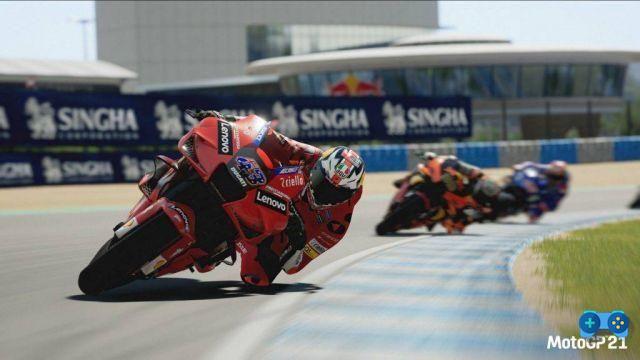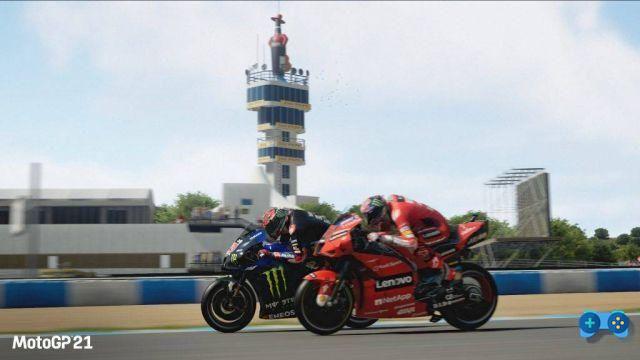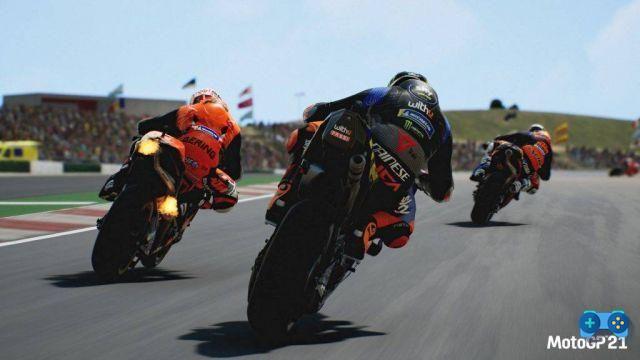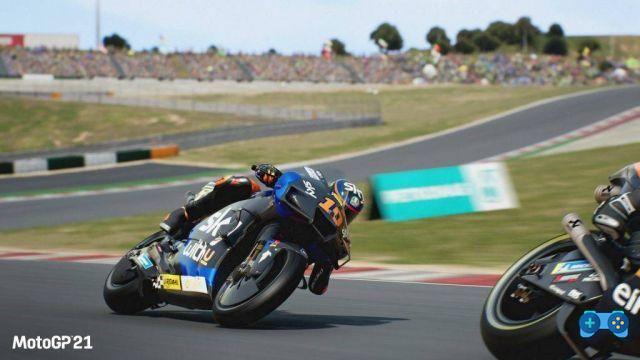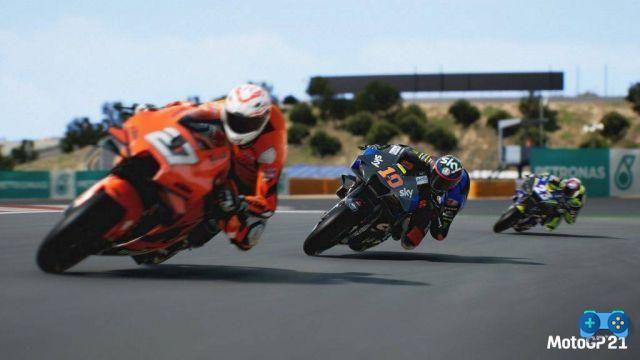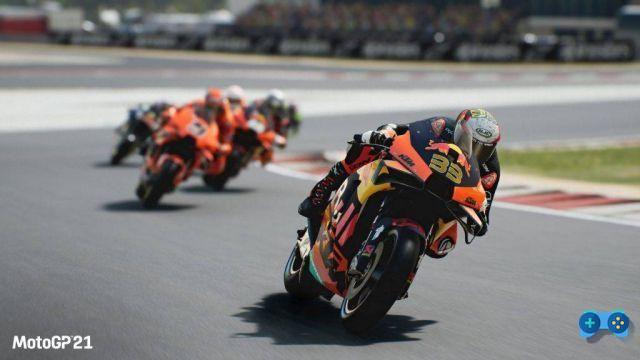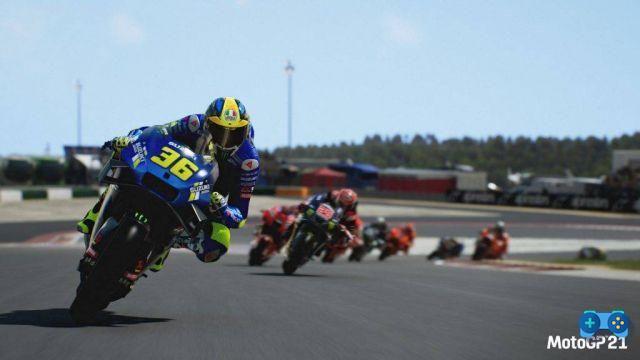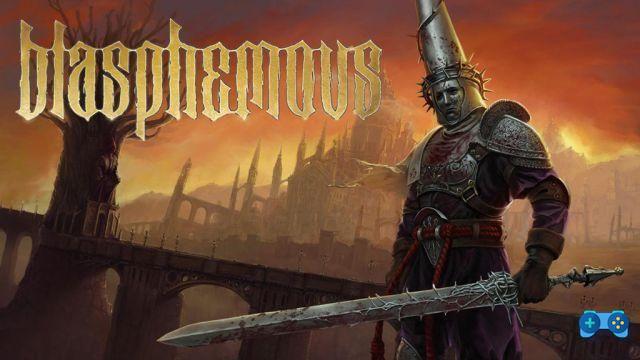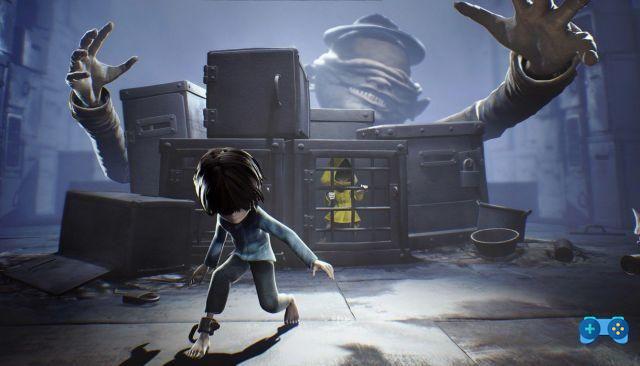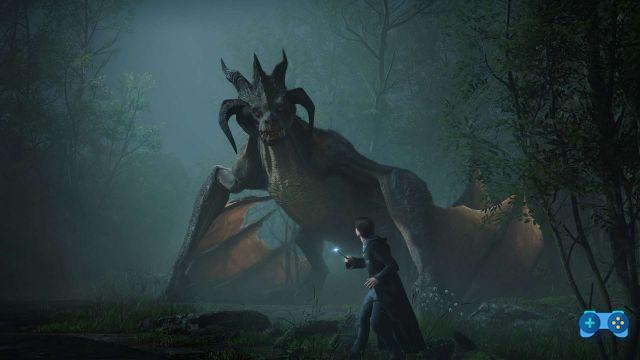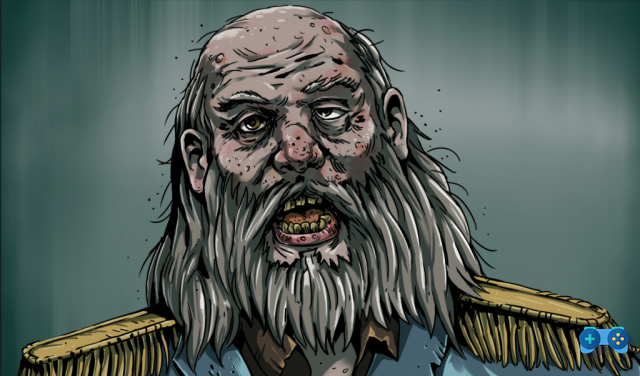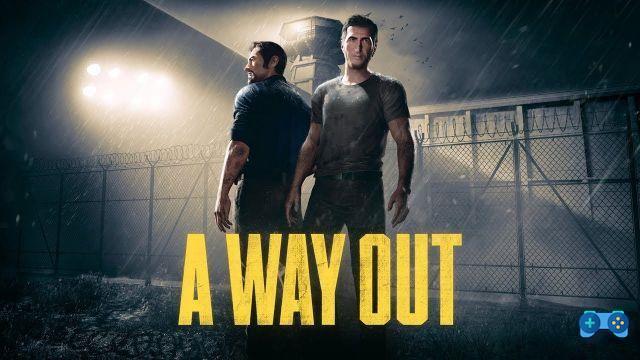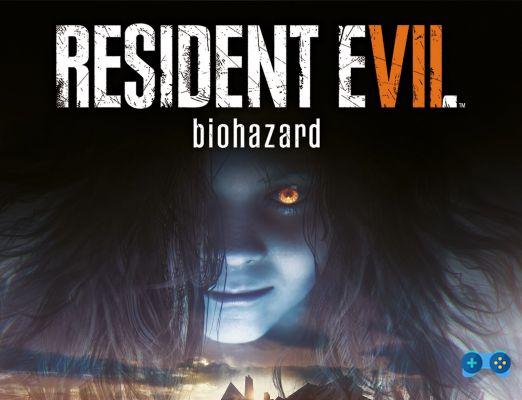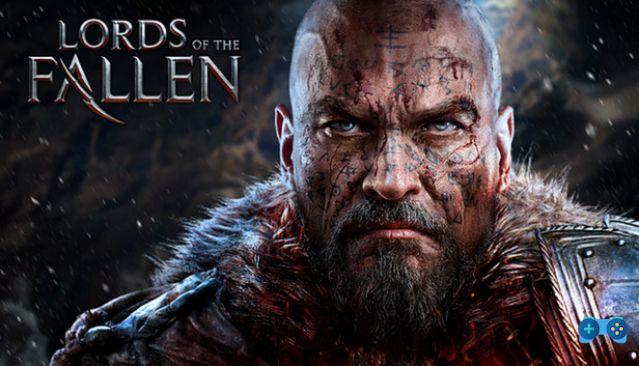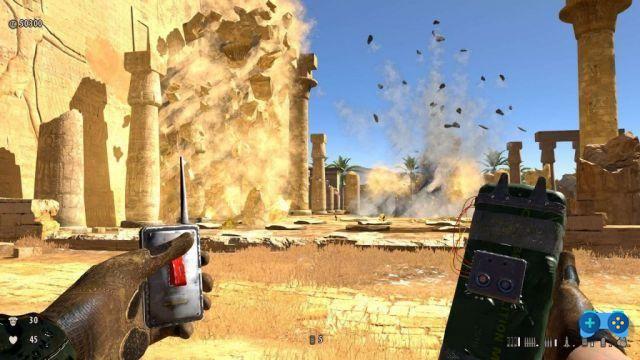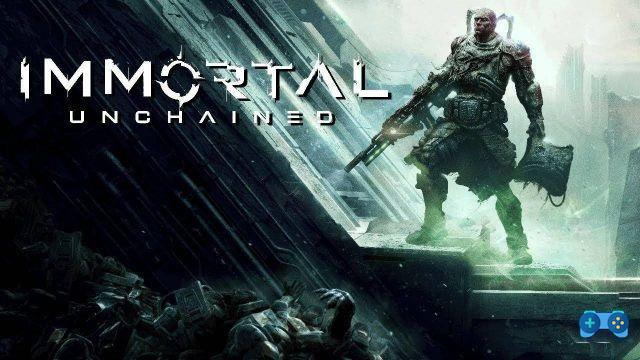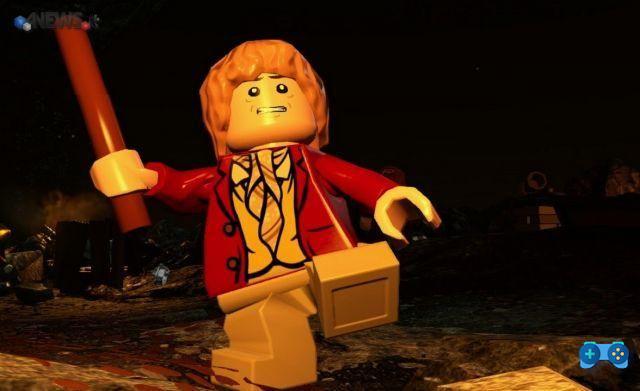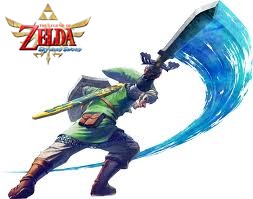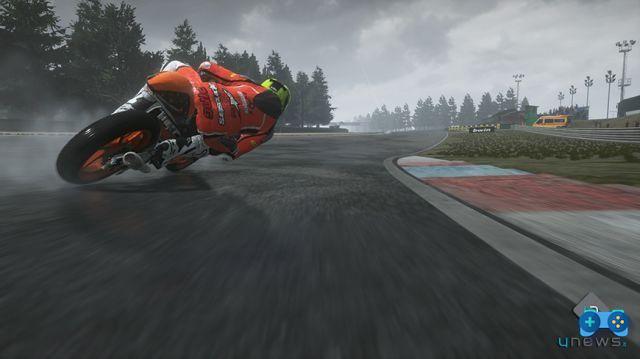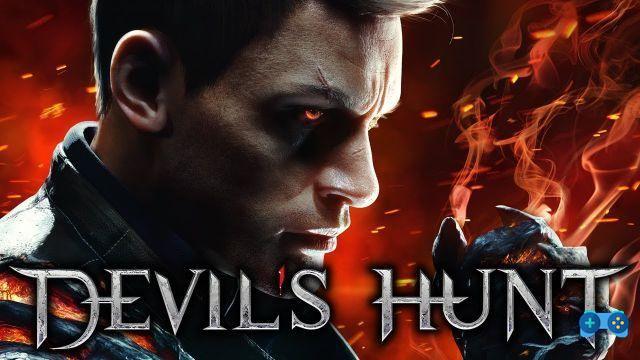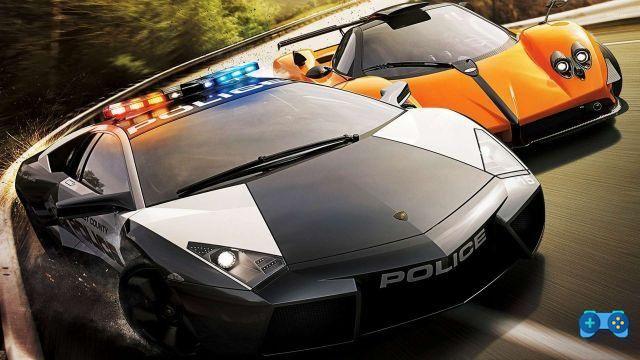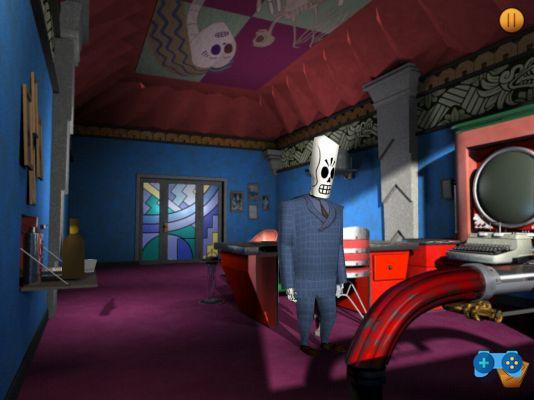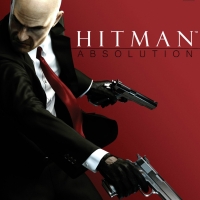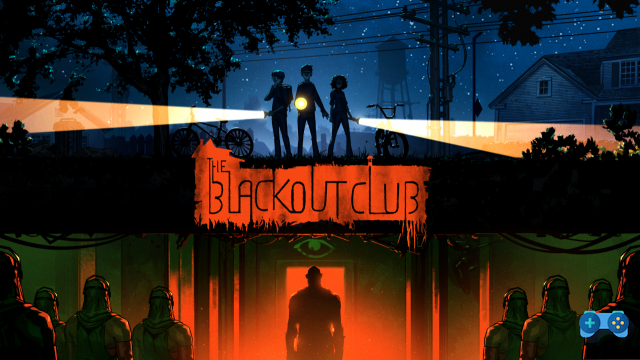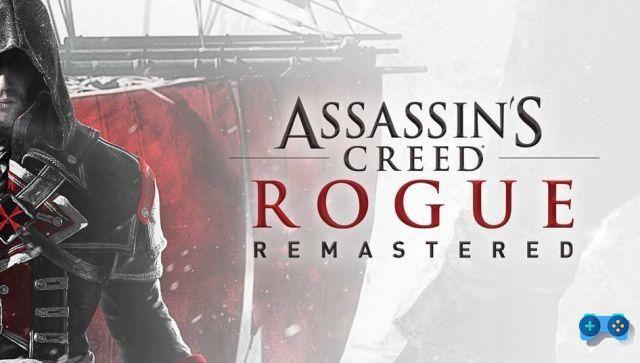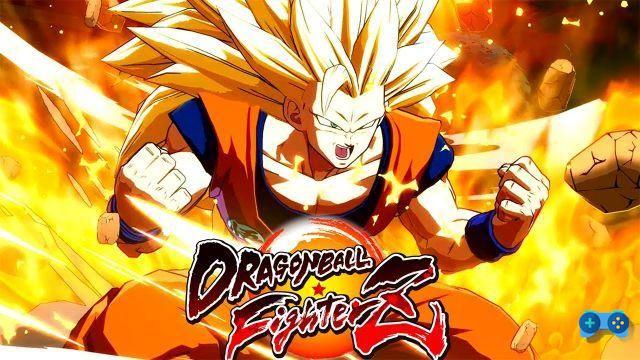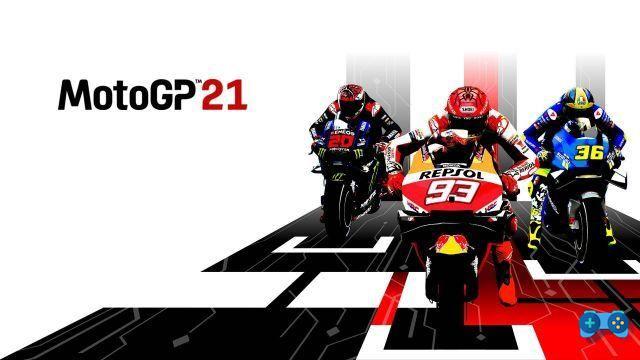
Version tested: PC
The unusual and complicated 2020 World Championship season, which lasted 5 months at a fairly frenetic pace, saw the triumph of Joan Mir, Enea Bastianini e Albert Arenas. The three riders became world champions respectively in MotoGP, Moto2 and Moto3, in a period that unfortunately did not allow to celebrate together with a large audience of fans. Indeed, we think that running while observing the empty stands dampens the charge and the emotion that characterized every race until two years ago, when the warmth of the fans was felt in every circuit.
Despite the delayed start of the season, Milestone had still launched MotoGP 20 as scheduled, supporting it with various patches to refine it. Last year's experience proved to be the new benchmark of the series, marking a clear leap in quality compared to its predecessors. Of course, there is still room for improvement, between technical imperfections and gameplay elements to be implemented. The goal of MotoGP 21, therefore, is to further raise the bar, gnawing tenths (of the vote) to the "rival" in office by filling his shortcomings. We just have to get on the track and find out if the new chapter has what it takes to stand out.
Customization and methods
Creating your own track alter ego is the first step to take in every MotoGP title. The handful of editable options remain unchanged from 2020, also dragging with it the choice of age up to 99 years (unlikely) without any hint of a wrinkle on the face. Since this is an absolutely superfluous data in play and in any case undeveloped, it would have been worth removing it. It is easy to understand that Milestone has not in the least refined the part dedicated to the appearance of the pilot, for which we would have wanted a more refined editor, at least in the quality and variety of the predefined faces. It is true that most of the time is spent with the helmet on, but when you are in the pits your face can be seen and disfigured enough in a 2021 title.
The main menu again suggests a copy of the previous chapter, appearing in fact very similar in structure. Not that that's a relevant aspect, but combined with the recycled rider editor it's not exactly a good omen for enthusiasts. But here is where the news begins: the first is the introduction of an optional tutorial, useful for learning the riding techniques of MotoGP 21. Mastering the behavior of the bike, especially in the MotoGP class, is anything but simple, especially for those who intend to enjoy a simulation experience in all respects.
Among the modes we find the classic ones, namely single Grand Prix, time trial and Championship, the managerial career and multiplayer. Regarding the latter, the requests have been accepted: now online races can accommodate up to 22 players, finally allowing you to challenge yourself properly.
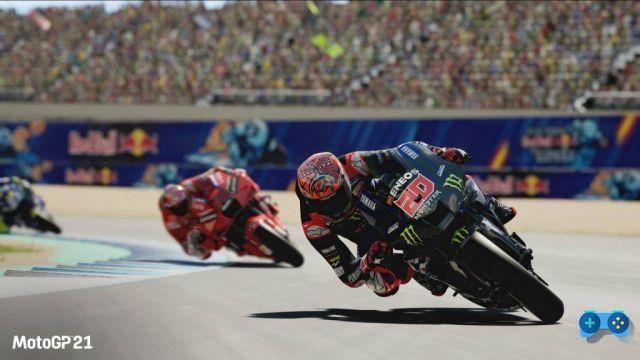
Ascent to the title
The managerial career also returns to MotoGP 21 and, of course, is the core of the game. What makes us turn up our noses slightly is the fact that no changes have been made with respect to that of MotoGP 20. While it turns out to be varied and satisfying, the only "difference" lies in the choice between two types of calendars, complete or 2021. Fans will know that this year's world championship sees the absence of the GP of Argentina and the United States of America. , the first due to the fire that devastated the Termas de Río Hondo circuit.
Having entered the career, it is up to us to decide the debut class: starting from Moto3, predictably, it will be possible to fully enjoy the experience and the journey to become world champions in each category. At the same time, we also notice the significant difference between the various displacements, both in power and in control and in braking and leaning behavior. Whenever we switch to a higher-class bike, in fact, we will be forced to readjust our riding style, just as happens in reality.
Our debut on the track can take place in an official team or in a newly founded team. If the choice falls on the second option, we will have the possibility to modify some extra aspects such as the colors of the livery of the bike, thus giving a personal touch. More prestigious teams correspond to more ambitious demands and goals for the season, under penalty of inability to obtain a contract or dismissal if the agreed terms are not met. We will also be able to make counter-proposals, in economic terms, to the teams that intend to offer us a saddle, trying to get some extra money before the engagement.
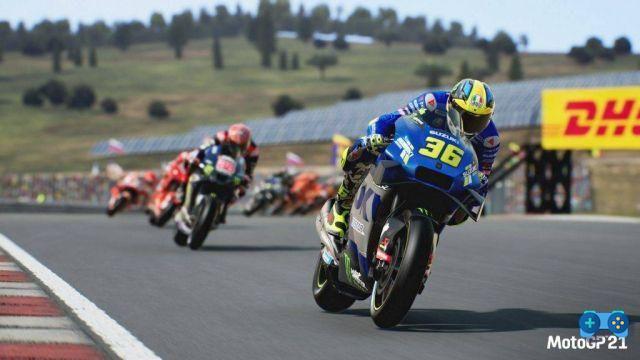
But team management does not end there: a qualified manager is essential to research new proposals, as well as a telemetry operator and a chief engineer to analyze the times and fine-tune the set-up. These key members may have more or less experience, which goes hand in hand with their skill and salary. No less important is the technical staff, useful to improve the performance of the bike by assigning the mechanics to the different branches of thedevelopment tree: engine, chassis, aerodynamics and electronics. Only in MotoGP is it possible to develop all the "sections", while in Moto3 and Moto2 some are not accessible. Initially, therefore, our faithful companion will have a rather unripe yield.
The points for the improvements are obtainable during free practice, and now the various types of tests are rendered as objectives that can be completed directly while we are looking for our best time, unlike MotoGP 20 in which it was necessary to carry out a dedicated session for each. There is no shortage of MotoGP winter tests, these specific for the choice of the best prototype to be used in the following season.
MotoGP 21 also inherits the foundation of a junior team in Moto3 and Moto2, a feature that was introduced later via a patch. And here you can also become the manager of your own team (only when you have reached MotoGP), managing the development of the bikes, the skill of the riders and the contracts with them. On race weekends, we can decide to observe their performance or simulate the race, generally obtaining better results in the first case. In the premier class, unfortunately, it is not possible to create your own junior - or rather, senior - team.
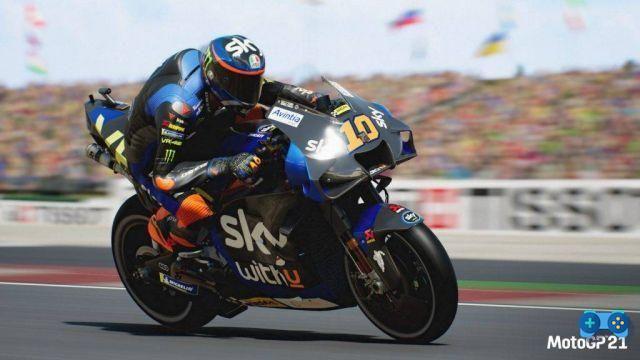
DNA unchanged
Basically, Milestone has kept the whole structure of the game modes unchanged; the same goes for the customization system. The official touch is never lacking, with original products as regards boots, gloves and other components of the suit, for which there is a fair choice. We find again a rich editor of helmets, numbers and butt patches able to satisfy any idea we can think of. The most painstaking creations can then be shared with the community, or we can download those of others if we don't have a particularly creative streak. Among the hundreds of selectable options, among other things, special stickers of famous YouTubers who often bring MotoGP to their content have been added, including QueTaleAle. Sincerely, we would have liked to have included a function to import works from one chapter to another, thus avoiding to do it all over again.
The official liveries are almost all updated to 2021, the few missing will be implemented within a few patches. The care in the reproduction of motorcycles is manic, resulting practically copies of their real counterpart. The circuits are not far behind either, and those that have undergone recent changes (for example Catalunya at Turn 10) have been correctly reproduced in the game. From a technical point of view, the generosity of MotoGP 21 in terms of requirements makes it playable even on older PCs. We tested it on a high-end configuration, at 2K resolution and with settings set to maximum, recording an average frame rate around 170 fps.
| Test setup | |
| CPU | AMD Ryzen 7 5800X @ 4.8 GHz |
| But by the full GPU acceleration tech | NVIDIA GeForce RTX 3080 10GB |
| RAM | 32GB DDR4 @ 3.600 MHz |
| Monitor | LG 27GL83A UltraGear 2K 144 Hz with active G-Sync |
You will understand that the margin before dropping below 60 fps is large, even with configurations from 4-5 years ago if you fiddle slightly with the graphics options. Note of merit for the interface in the race, which takes up the official classification and sports a new instrument panel with a compact and track-like aesthetic. The sound of the bikes and the sound effects in general are excellent, but we realized that Guido Meda's comment is missing in the pre and post race. We're sure this is a temporary shortcoming that will be addressed with the day one patch, but we felt a little bewildered without her unmistakable voice.
Improvements… in small doses
The news and the timid improvements show up on the gameplay front, on which Milestone has focused to further refine and enrich the experience. The first is the manual recovery system of the bike following a fall: if enabled, it will be up to us to reach it and raise it to get back on track. By itself this feature sounds pretty good for simulation lovers, but sadly the action isn't continuous. This means that, after sliding, a short screen will transition to the moment the pilot is intent on getting up. The time taken to perform this movement is too slow, because once standing you have to wait at least a second before being able to command the character. And whoever chews on motorcycling knows how much a second is late. Furthermore, once the bike is reached, another automatic scene will take over in which the rider lifts it up and returns to the saddle, without having to do anything. At the end, our rivals will not get the bike back that way, but they will go to good old respawn.
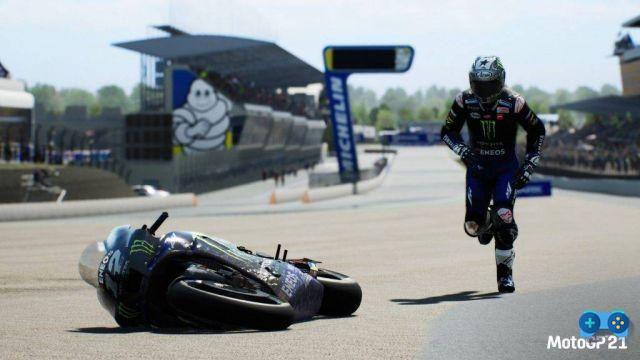
If it has occurred to you to take a nice walk around the circuit, know that you will be "disappointed". It will be possible to move freely, but the view remains fixed on the position of the bike. If we do not recover it within a certain period of time, the game will make us respawn automatically. The thing that really left a bad taste in our mouth, though, is discovering that the body of the pilots is still immaterial. We happened to recover the bike in the middle of the track, just as other opponents were approaching, and instead of slowing down or trying to avoid us, they continued on their trajectory crossing us like ghosts.
We understand that the system is not born to make us invest in GTA style, but in 2021 still seeing phenomena of absence of collisions, especially for the characters, is unforgivable. This discourse, unfortunately, also extends to accidents, where other riders slide without encountering any obstacles in the bikes. The unnatural animations that make them look like articulated mannequins, then, close the circle. In short, a title based on simulation should not show such gross defects, especially if already reported previously by the community.
THENeural AI ANNA was slightly improved, modulating more markedly the competitiveness of the opponents according to our performance. Of course, the AI does not do everything by itself and the selected game difficulty always remains the basis of the system. Too bad, however, that the tendency of other pilots is to come on us rather than try to dodge us or slow down adequately. An example is the departure: when we are grouped, at the first corner everyone continues to follow his trajectory even if we are clearly invading it. Consequently, the risk of being on the ground in an instant is quite high if you are looking for clumsy overtaking. The opponents also do not seem to be affected by tire wear, always maintaining the same race pace regardless of whether they are adopting a more aggressive or more conservative ride.
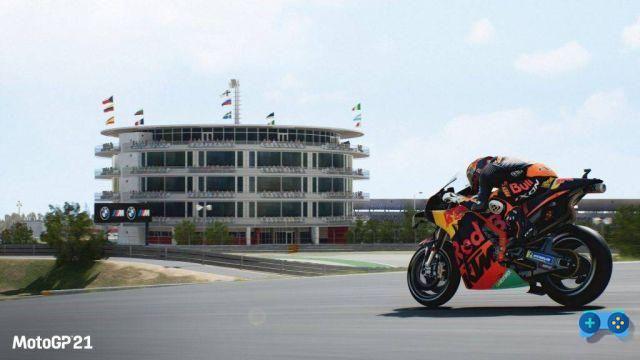
The introduction of the long lap penalty increases the level of realism of the races, and it is possible to do it manually, driving in the relative lane of the circuit, or automatically. Again, this new feature is limited to us, while the opponents will never run into this penalty. Another important element was added to support tire and fuel consumption, namely the temperature of the brakes. If they are too hot or too cold, braking power is reduced and you risk going long on the next corner. Before a race or a test, we can in fact choose the front and rear brake size, each with its relative advantages and disadvantages. A larger brake allows for powerful braking but with a greater risk of overturning if you clamp too hard. A smaller brake, on the other hand, allows for better modulation of braking, however requiring you to brake early in view of a curve.
It was finally revised the suspension system of the motorcycles, which is now more realistic and contributes to even better physics. In this regard, in each class you can feel the different tonnage of the bike, resulting in a very simulation also in the rendering of the animations of the rider in the saddle. What is still missing and that, at this point, we would like to see next year are the flag to flag races and the variable weather, loudly requested by the players to have a dynamic experience on the track.
Final comment
On balance, MotoGP 21 is an improved version of the predecessor, with a particular focus on gameplay elements to offer an even more realistic experience. The game boasts a lot of content and a good degree of challenge, managing to satisfy both rookies and the most experienced. The riding model and the physics of the bikes are really well rendered, but Milestone she always seems to be a bit shy about reinforcing her weak points. We want to reward the developer's willingness to further refine the simulation aspect, but at the same time we are candid that there is still work to be done in the technical rendering. The road taken to achieve the definitive MotoGP experience is the right one, you just need to accelerate your pace and be more daring to make the final leap in quality.




